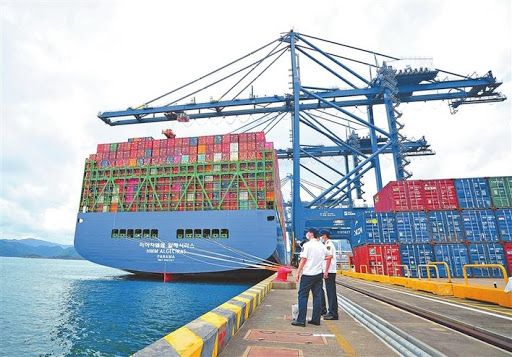In the first half of 2023, ports across China completed cargo movement of 8.19 billion tons, a year-on-year increase of 8.0%, according to statistics from the Ministry of Transport.
Judging from the current status and trends of shipping development, in the first half of 2023, Shanghai International Port Group (SIPG) believes that the contradiction between supply and demand in the container shipping market has intensified, the container shipping volume has slightly decreased and the supply of shipping capacity has accelerated.
SIPG is the exclusive operator of all public terminals in the Port of Shanghai.
The port industry that the company is engaged in is a basic industry of the national economy, and the development level of the whole industry is closely related to the development of the macro-economy.
In the first half of 2023, according to SIPG, the external environment is complex and severe.
Affected by factors such as high global inflation, continued interest rate hikes in Europe and the United States, ongoing geopolitical conflicts and the rise of trade protectionism, China’s economy has weakened, trade growth has slowed, and industrial and supply chains have been restructured.
China’s ports
As a result, China’s import and export growth has slowed down, the trade structure has changed and maintained relative resistance to the «Belt and Road» region.
On a global scale, the international shipping market is at a low level and the competitive relationship between ports has entered a new stage.
At the same time, SIPG points out that technological innovation is changing with each passing day, digitalization is accelerating, and many factors, such as resilience, low carbon emissions and intelligent requirements of industrial and supply chains, have further increased, creating opportunities and challenges for the development of the port industry.
In the long term, the concentration of the international shipping market will remain high and the development trends of larger vessels, operational alliances, smart and low-carbon shipping and comprehensive logistics will continue, which will have a long-term and far-reaching impact.
This poses greater requirements for international hub ports to further improve their service levels, create an efficient, convenient, resilient and environmentally friendly collection and distribution system, and expand new logistics formats.

